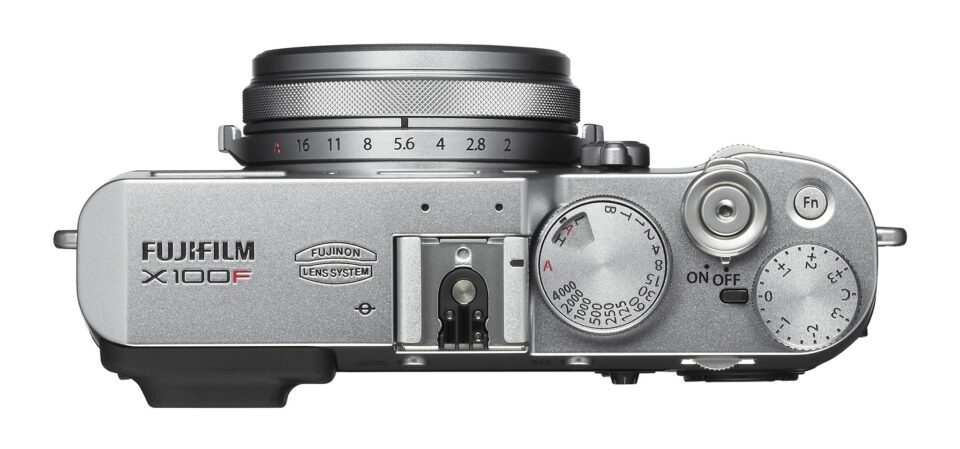إعدادات كاميرة فوجي X100F الموصى بها
Recommended Fuji X100F Settings
The Fuji X100F is the fourth in Fuji’s line of X100 cameras – the X100, X100S, X100T, and X100F. Although it has a refined design and fairly intuitive menu, the camera’s large number of options and controls can make it overwhelming for new buyers. Hopefully, this guide will help clear up some confusion and explain how to use the Fuji X100F, including our recommended settings for each option in the menu.
Controls and Handling
The X100F has a high number of customizable function buttons, as well as several different dials across the camera that all do different things. It is easy for someone who comes across this camera for the first time to be a bit confused by all the options. So, I’ll go through some of the most important buttons and other controls on the X100F here.
تعد كاميرا Fuji X100F هي الكاميرا الرابعة في خط كاميرات Fuji X100 – X100 وX100S وX100T وX100F. على الرغم من أنها تتمتع بتصميم أنيق وقائمة بديهية إلى حد ما، إلا أن العدد الكبير من الخيارات وعناصر التحكم في الكاميرا يمكن أن يجعلها مربكة للمشترين الجدد. نأمل أن يساعد هذا الدليل في إزالة بعض الالتباس وشرح كيفية استخدام Fuji X100F، بما في ذلك الإعدادات الموصى بها لكل خيار في القائمة.
الضوابط والتعامل
تحتوي كاميرا X100F على عدد كبير من أزرار الوظائف القابلة للتخصيص، بالإضافة إلى العديد من الأقراص المختلفة عبر الكاميرا والتي تقوم جميعها بأشياء مختلفة. من السهل على أي شخص يصادف هذه الكاميرا لأول مرة أن يشعر بالحيرة من جميع الخيارات. لذا، سأستعرض بعضًا من أهم الأزرار وعناصر التحكم الأخرى الموجودة في X100F هنا.
Recommended Fuji X100F Settings
The Fuji X100F is the fourth in Fuji’s line of X100 cameras – the X100, X100S, X100T, and X100F. Although it has a refined design and fairly intuitive menu, the camera’s large number of options and controls can make it overwhelming for new buyers. Hopefully, this guide will help clear up some confusion and explain how to use the Fuji X100F, including our recommended settings for each option in the menu.
Controls and Handling
The X100F has a high number of customizable function buttons, as well as several different dials across the camera that all do different things. It is easy for someone who comes across this camera for the first time to be a bit confused by all the options. So, I’ll go through some of the most important buttons and other controls on the X100F here.
تعد كاميرا Fuji X100F هي الكاميرا الرابعة في خط كاميرات Fuji X100 – X100 وX100S وX100T وX100F. على الرغم من أنها تتمتع بتصميم أنيق وقائمة بديهية إلى حد ما، إلا أن العدد الكبير من الخيارات وعناصر التحكم في الكاميرا يمكن أن يجعلها مربكة للمشترين الجدد. نأمل أن يساعد هذا الدليل في إزالة بعض الالتباس وشرح كيفية استخدام Fuji X100F، بما في ذلك الإعدادات الموصى بها لكل خيار في القائمة.
الضوابط والتعامل
تحتوي كاميرا X100F على عدد كبير من أزرار الوظائف القابلة للتخصيص، بالإضافة إلى العديد من الأقراص المختلفة عبر الكاميرا والتي تقوم جميعها بأشياء مختلفة. من السهل على أي شخص يصادف هذه الكاميرا لأول مرة أن يشعر بالحيرة من جميع الخيارات. لذا، سأستعرض بعضًا من أهم الأزرار وعناصر التحكم الأخرى الموجودة في X100F هنا.




تعليق